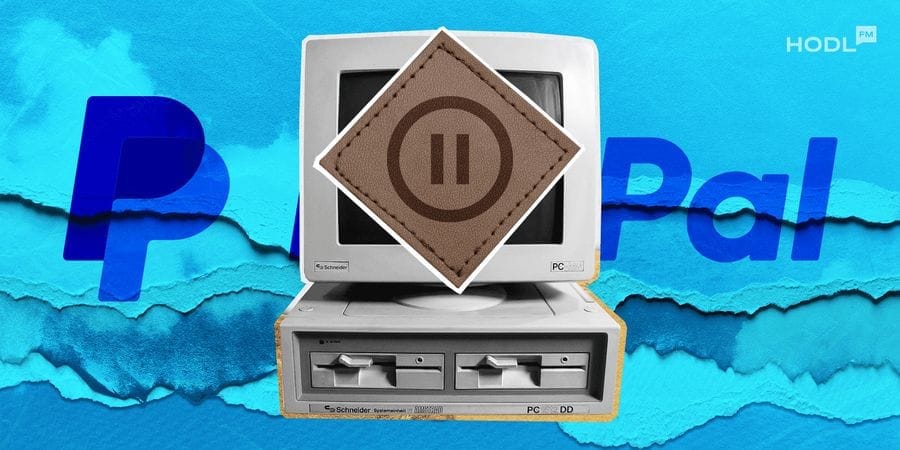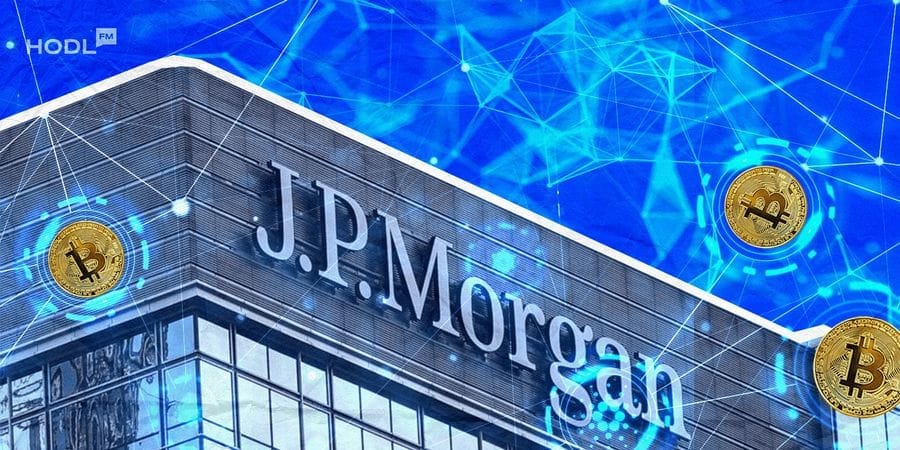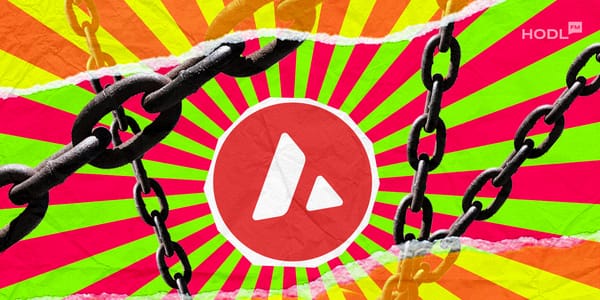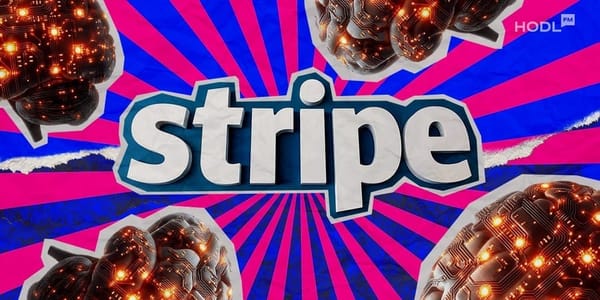The global rise of stablecoins, digital tokens designed to hold steady value against fiat currencies, could generate up to $1.4 trillion in additional demand for U.S. dollars by 2027, according to a new research note from JPMorgan.
The bank’s analysts argue that instead of undermining the greenback’s dominance, the expansion of dollar‑pegged stablecoins could further strengthen the U.S. dollar’s central role in international finance.
Why it matters
Stablecoins have become increasingly significant as a bridge between traditional finance and digital assets. If adoption continues, especially among overseas investors and corporations converting their local currencies into U.S. dollar‑pegged tokens, the ripple effect would translate into sizable demand for dollar reserves, mirroring what happens when investors buy U.S. Treasuries or dollar‑backed funds.
“Whether such a high‑end scenario growth trajectory will actually play out remains to be seen,” JPMorgan said. “But if it does, stablecoin‑related dollar inflows could become cumulatively significant.”
Reinforcing, not replacing, the dollar
JPMorgan estimates the current stablecoin market at around $260 billion, but sees potential for it to expand nearly eightfold to $2 trillion within the next two years in its high‑end case.
According to the report, “given that approximately 99% of the total stablecoin supply is pegged 1:1 to the dollar, any sustained market expansion necessarily implies increased demand for the U.S. dollar.” That linkage means inflows into stablecoins represent parallel inflows into U.S.‑denominated reserves, such as Treasury bills and cash equivalents, which issuers hold to back their tokens.
While some policymakers have voiced concerns that rapid stablecoin usage could contribute to “de‑dollarisation,” JPMorgan’s outlook suggests the opposite may occur. Because most stablecoins are dollar‑based, broader global uptake, especially outside the U.S., would likely amplify international dependence on dollar‑linked liquidity.
Regional developments and competition
The note arrives as the euro area’s finance ministers prepare discussions on new frameworks to support euro‑denominated stablecoins, part of a broader effort to reduce reliance on U.S.‑backed tokens.
Still, USD‑pegged versions remain overwhelmingly dominant. Market trackers such as CoinGecko and DeFiLlama estimate the current stablecoin market capitalization above $300 billion, with Tether alone accounting for nearly 60% of supply.
Other fiat‑linked tokens, including the euro‑backed EURC and regional experiments tied to currencies like the rouble, have yet to gain material traction.
What’s driving growth
The surge in adoption is tied to several factors:
- Global regulatory clarity, including new frameworks in the U.S., EU, and Asia;
- Integration into payment systems that let users transact instantly in tokenized dollars; and
- Demand from emerging markets, where local currencies face volatility and capital controls.
JPMorgan’s analysts emphasize that as regulatory environments stabilize and more issuers adopt transparent, audited reserve models, stablecoins could evolve into a “core funding channel” for global finance, extending the reach of the U.S. dollar in digital form.
Outlook
While JPMorgan remains cautious about the full $1.4 trillion projection, its analysis underscores a clear shift: the growth of stablecoins may entrench, rather than challenge, dollar supremacy.
If realized, the trend could reshape cross‑border settlements, liquidity flows, and the very architecture of global finance, giving the U.S. dollar an even firmer footing in the digital age.

Disclaimer: All materials on this site are for informational purposes only. None of the material should be interpreted as investment advice. Please note that despite the nature of much of the material created and hosted on this website, HODL FM is not a financial reference resource, and the opinions of authors and other contributors are their own and should not be taken as financial advice. If you require advice. HODL FM strongly recommends contacting a qualified industry professional.





